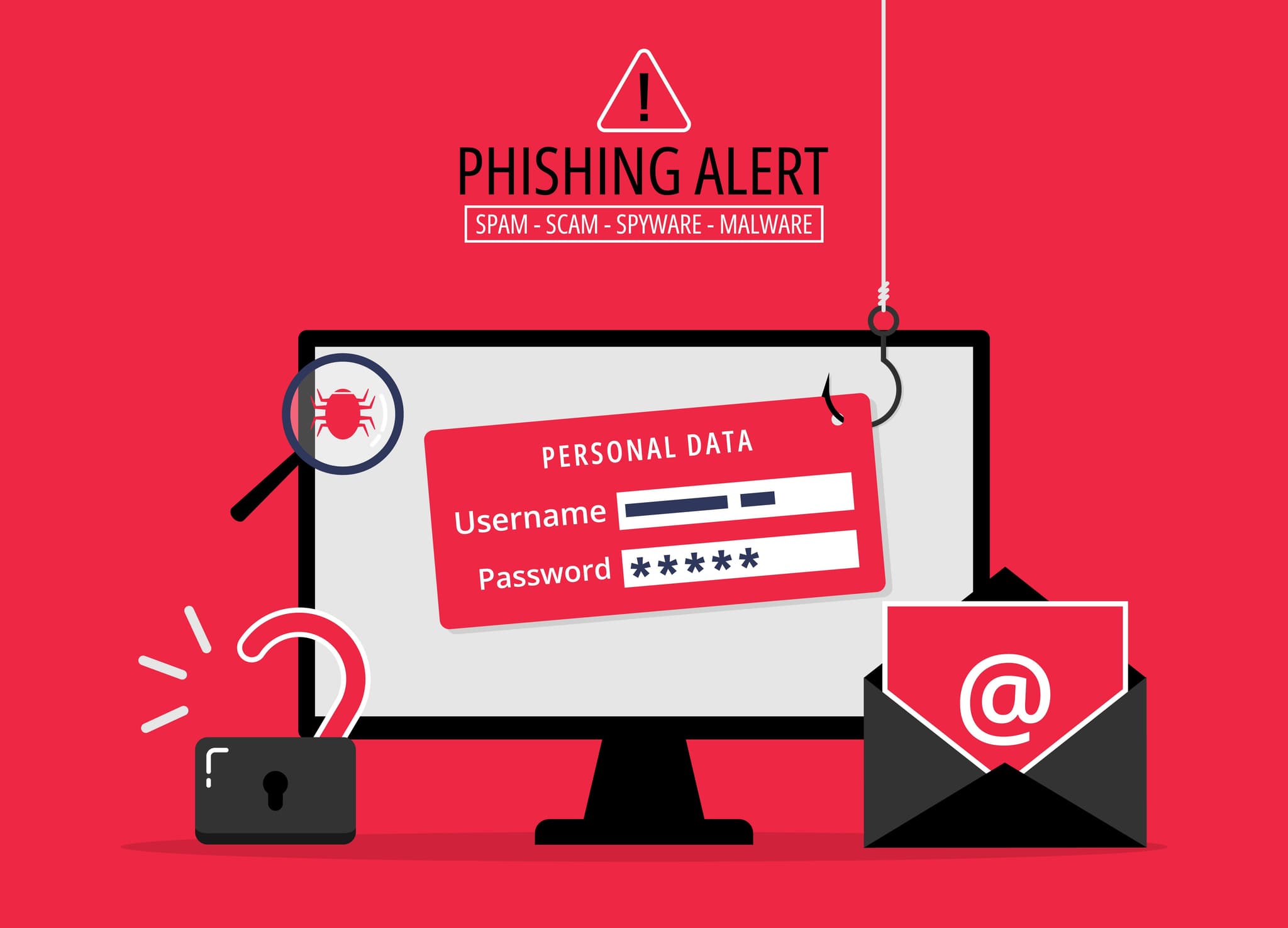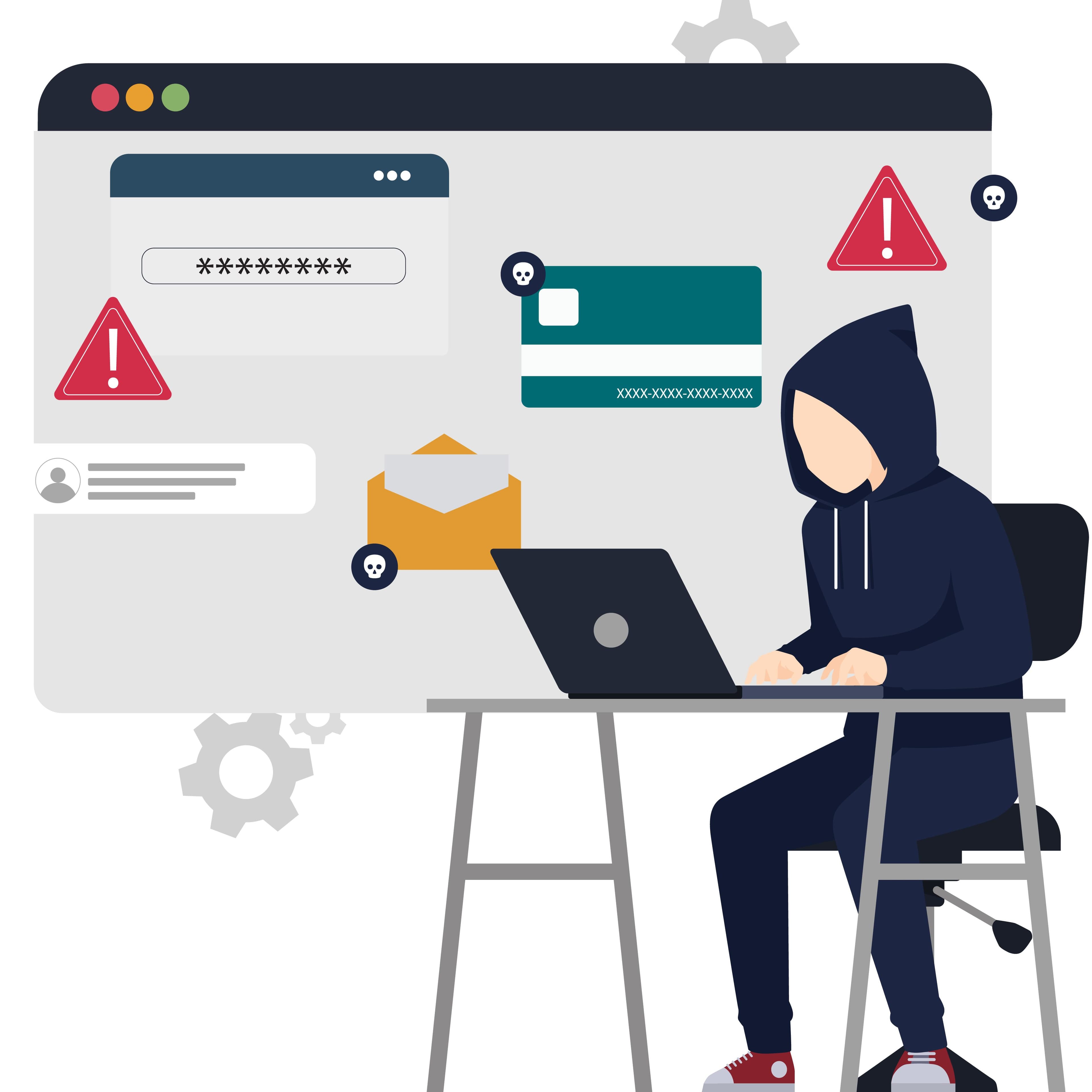What is Phishing? Phishing is a type of cyberattack where criminals attempt to steal sensitive information by pretending to be a trusted entity. They often disguise their communications, such as emails or websites, to look legitimate, tricking you into revealing personal data like passwords, credit card numbers, or other private details.
Types of Phishing Attacks
Email Phishing: The most common form, where attackers send fake emails that look like they’re from legitimate sources (like banks or service providers), asking you to click a link or provide sensitive information.
Spear Phishing: A targeted attack where the hacker customizes their message to a specific person or organization, often based on information gathered from social media or public records.
Whaling: This is a more refined version of spear phishing aimed at high-profile individuals, such as CEOs or government officials, often involving critical or personal information.
Vishing (Voice Phishing): Phishing attacks carried out via phone calls. The attacker pretends to be someone trustworthy, like a bank representative, to extract personal information over the phone.
Smishing (SMS Phishing): Similar to vishing, but the attack happens via text message, with scammers urging victims to click on malicious links or download harmful apps.
Clone Phishing: Attackers duplicate a legitimate email you've received, replacing links or attachments with malicious ones, hoping you won't notice the difference.
How Phishing Attacks Work
Phishing attacks generally follow these steps:
Deceptive Communication: The attacker sends an email, SMS, or phone call that looks like it's from a trusted entity.
Call to Action: The victim is prompted to click on a link, download an attachment, or share personal details.
Data Theft or Malware Installation: Once the victim interacts with the malicious content, the attacker gains access to sensitive information or installs harmful software.
Signs of a Phishing Attempt
Look out for these red flags:
Suspicious sender email addresses
Urgent, alarming language (e.g., "Immediate action required!")
Generic greetings like “Dear User” instead of your name.
Misspelled words or poor grammar in the message.
Unusual links or attachments—hover over links to see if the URL matches the stated destination.
Why Are Phishing Attacks So Effective?
Despite advances in technology, phishing attacks continue to thrive because they exploit human psychology. Cybercriminals use urgency, fear, or curiosity to push victims into making quick decisions without thinking critically. The sophistication of these attacks often makes it difficult to spot them.
The Impact of Phishing Attacks
Phishing can have devastating consequences:
Financial Loss: Stolen credit card details or unauthorized transactions.
Identity Theft: Personal information used to open fraudulent accounts or make purchases.
Data Breaches: Exposure of private or business information.
Malware Installation: Phishing can introduce viruses or ransomware, leading to long-term security issues.
How to Protect Yourself from Phishing Attacks
Educate Yourself and Others: Awareness is key. Recognize phishing attempts and educate others to be cautious.
Verify Suspicious Requests: Always double-check any request for personal information. Contact the supposed sender directly through a trusted channel.
Use Multi-Factor Authentication (MFA): Adding an extra layer of security can prevent attackers from accessing your accounts, even if they steal your password.
Inspect Links and URLs Carefully: Hover over links to ensure they lead to legitimate websites, and be cautious of any links that look suspicious.
Install Anti-Phishing Tools: Use security software that includes phishing protection to automatically detect and block dangerous content.
Stay Safe Online
Phishing attacks are evolving, but by staying vigilant and following these tips, you can significantly reduce the risk of falling victim to them. Always question unsolicited emails, messages, or calls asking for personal information, and practice safe online habits to protect yourself.


